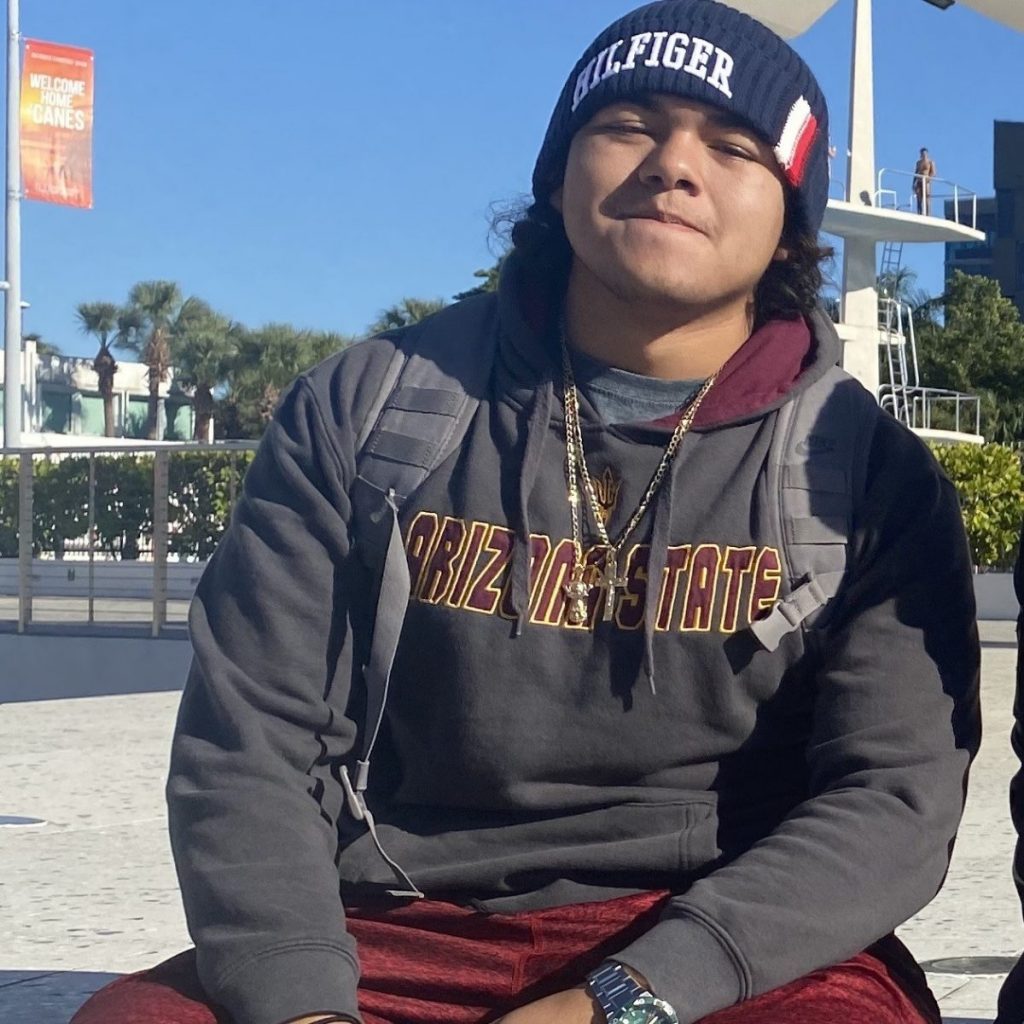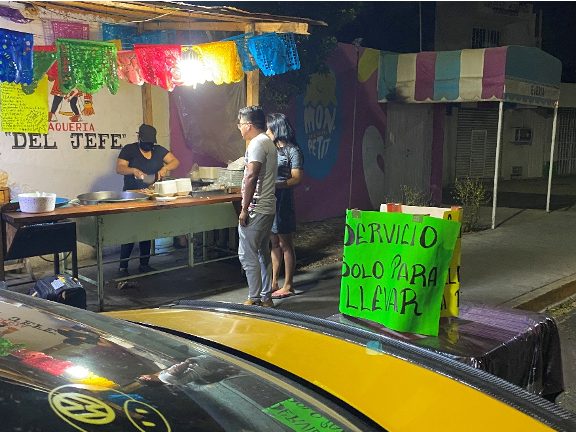
Juan Carlos Ramirez Phoenix, Arizona 5 p.m. Monday, April 27
Almost trapped in Mexico
During the last week of April, I flew to my family’s home state of Oaxaca, Mexico, where I attended the funeral and burial of my grandfather, Dinosio Angel Ramirez, 63, who died from an aneurism.
I was in the pueblos of Las Huertas, Ejutla de Crespo and San Jose Hidalgo, Atzompa, where I saw COVID-19 taking its toll.
Oaxaca is considered the poorest, if not one of the poorest, states in Mexico. A lot of it has to do with its high population of indigenous people and groups.
For many years, the indigenous people of Mexico were seen as inferior or nonexistent in the eyes of the Mexican society or government.
A lot of these people live off the land. They typically grow crops, build wells, sell at markets and do not work to make a profit but to survive. This pandemic is only getting harder for these destitute people.

“What are we supposed to do?” Tia Isabel “Chavella” Ruiz said when asked about the pandemic. “It is not like we can ask for everything to fall from the sky. We need to work to survive.”
The pueblos and cities are implementing COVID-19 restrictions on people who have gatherings, attend church, visit the market in the city, and travel between neighboring pueblos.
In the United States, business can still survive with the options of takeout or drive through, but most of the businesses in Oaxaca are small and family owned. They heavily depend on dine-in service and do not have the resources to do takeout.
As a result, many locations that were family owned in the pueblos were closing or shutting down. The only place I saw delivery as an option was in the capital city of Oaxaca.

The market in Ejutla de Crespo, which is usually busy throughout the day and full of life at night, was nearly empty.
In Atzompa, my uncle, Hugo Lascarez Jimenez, said they were not even letting people go to the market unless they had protective gear.
“They will not let you in la plaza without the face mask and plastic guard,” Lascarez said. “I tried the other day but was stopped by the federal officers who said, ‘No mask—no plastic guard—then you have no place here; so go home.’”
At the funeral, I talked to my cousin/aunt Emma Ramirez Reyes, who works at a private hospital in Mexico City. She said they are taking extreme safety precautions.
“We cannot take off our medical uniform at any time,” Ramirez said. “We have mask, gloves, plastic garments—all that has contact with the patients are all thrown away. Our nurse uniform under all that medical stuff is given to the hospital who sanitizes them overnight.
“We have a whole floor dedicated to us to shower after we are done, so we are clean and safe to go home,” she added.
Leaving Mexico was a hassle because flights were constantly being canceled. I had booked two flights, which were canceled within 24 hours.
I had to get on a bus to Mexico City, which is six hours from Oaxaca, and then catch a flight to the border state of Mexicali. My dad, who had not traveled with us, then had to drive across to California, where he crossed the border and picked us up.
I recently talked to my uncle, Pedro Sierra, in the pueblo of Las Huertas who said they just blocked the entrance and exit to the main city of Ejutla de Crespo from Las Huertas with sandbags.
I am just glad I was able to make it back home safe in my house with the resources to finish the school year.
To read more blogs from our correspondents, click an area on the map below:







